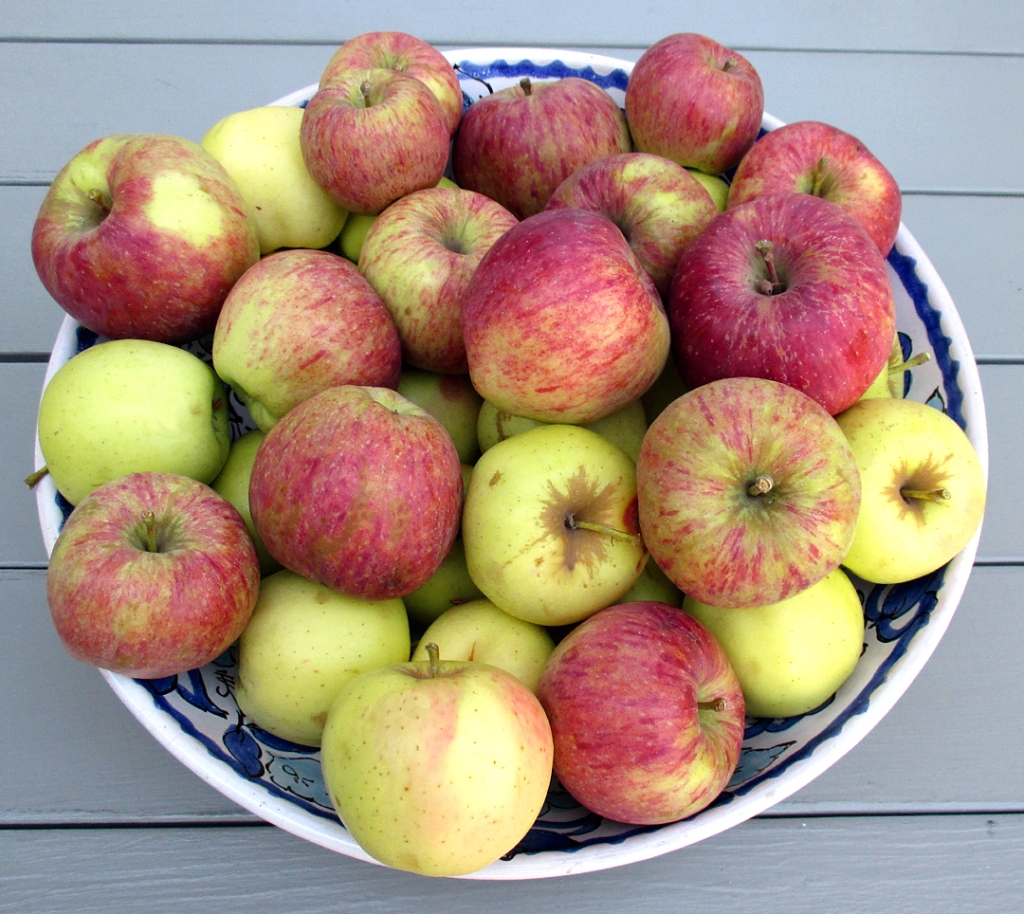Growing Food in the Southwest Mountains: A guide to high-altitude, semi-arid home permaculture gardens, Fifth Edition, © 1996, 2023 Lisa Rayner, Lisa Rayner Books. Print and Kindle editions on Amazon and an eBook version on Etsy. Follow Lisa at Lisa Rayner Books on Instagram.






Growing Food in the Southwest Mountains: A guide to high-altitude, semi-arid home permaculture gardens, Fifth Edition, © 1996, 2023
© Lisa Rayner, Lisa Rayner Books, $9.99/$24.95 USD
400+ black and white illustrations
ISBN 979-8-9879697-0-0
The fifth edition provides new information important to high elevation Southwestern gardeners. Previously, Lisa Rayner had lived in Flagstaff, Arizona at 7,000 feet elevation and was personally familiar with the temperatures, precipitation patterns, soils and characteristics of ponderosa pine ecosystems in the San Francisco Volcanic Field. Today, 10 years after the fourth edition was published, Lisa has a forest garden in Santa Fe, New Mexico, also at 7,000 feet, but with different temperatures, precipitation patterns, and soils, and situated in pinyon-juniper woodlands in the Rio Grande Rift.
In addition, climate change and resource depletion have become even more important than they were in 2013. Precipitation pattern changes in the rocky Mountains have changed. The Colorado River and its reservoirs are drying up, as is the Rio Grande. Yearly regional and local climate patterns are continuing to change. Gardeners and farmers must adapt to these changes.
This is a permaculture gardening book. Permaculture works with the inherent characteristics of plants, animals and the soil microbiome to create self-organizing, self-sustaining garden ecosystems in which species and inorganic elements provide for the needs of one another with a minimum of human labor. Permaculture gardeners do not just plant seeds and care for the plants they grow, they learn how ecosystems work to maintain themselves.
This book will help you grow food under the most challenging of circumstances. Growing Food in the Southwest Mountains will teach you how to garden in a semi-arid climate that experiences high winds, intense sunlight and shade, seasonal and day/night temperature fluctuations, poor soil, insect pests, weeds and other challenges in the high-elevation Southwest.
- Gardening information applicable to the highlands of Arizona, New Mexico, Colorado, Utah, Nevada and parts of California and Nevada, from the Rocky Mountains and southwestern Sky Islands to the Sierra Nevada Mountains.
- A comprehensive, detailed list of domesticated and wild fruit, herbs, vegetables, beans, nuts and seeds with detailed planting information on water, sun, soil, USDA zones, pollination requirements and more.
- A thorough look at how climate change is altering gardening at high elevations in the Southwest.
- Why we need to recreate local food systems in an era of climate change and resource depletion.
- Permaculture garden design for our bioregion including a chapter on creating plant guild ecosystems in harmony with local wild ecosystems and wildlife. Learn how to attract native pollinators and other beneficial insects and birds to your garden while keeping out garden pests.
- Chapters on improving local soils, rainwater harvesting, graywater reuse, xeriscaping and other efficient garden watering methods, cold climate gardening in the semi-arid Southwest, gardening in sunny, shady and windy conditions, planting windbreaks, protecting plants from hail, fireproofing your yard and gardens, dealing with garden pests and diseases in an ecological manner, choosing seeds and seedlings, detailed seedling-raising information, seed saving and more.
- A brief history of Southwestern gathering, horticultural, agricultural and food traditions of Native Americans and European-American settlers and creating a new bioregional cuisine from these traditions and traditions from similar ecosystems around the world.
- Appendices include glossaries of food plants and ingredient substitutions using foods that can be grown locally, and a large resource section.
- Appendices include glossaries of food plants and ingredient substitutions using foods that can be grown locally, and a large resource section of books, catalogs, magazines, DVDs, arboretums and permaculture institutes.
- A comprehensive index.
This book will be most useful to you if you live in the ponderosa pine/Jeffrey pine forests or pinyon-juniper woodlands between 6,500-8,500 feet in Arizona, New Mexico, Colorado, Utah, Nevada and California. Most of the book is also useful to gardeners living in ponderosa forests and pinyon-juniper woodlands below 6,500 feet. Most of the information is also applicable to higher-elevation aspen-spruce-fir forests.
Previous editions of this book, published between 1996 and 2013, are outdated, including all printed editions.
The 5th edition includes updates about food accessibility problems in the Southwest Mountains due to climate chaos, reduced flows of Colorado River and Rio Grande River water, national and international shipping delays due to wars, “natural resource” conflicts and more, and inflation and the peak of conventional oil in 2017. We are headed for system collapse much sooner than most people have expected.
Food gardeners now have to contend with: increasing weather unpredictability such as long term drought and heavy rainfall downpours that wash away soil and destroy passive water collection infrastructure; city watering restrictions that affect gardening; inflation-caused price increases to solar panels, small wind turbines, and conventional utilities; financial market instabilities that affect peoples’ real lives; and much more.

Preface to Growing Food in the Southwest Mountains
by Dr. Gary Paul Nabhan
Author of: Coming Home to Eat: The Pleasures and Politics of Local Foods
Some gardening books simply give readers a formula for combining crops and planting times for a particular locale, but Lisa Rayner’s new edition of this little masterpiece provides you with principles for living and eating in harmony with northern Arizona’s natural habitats. While this book is rich in detail about the ways weather, soils, plants and gardeners interact in the Flagstaff environment, it offers us more than that. It is a primer on how to change our food production and consumption strategies to sustain the natural and cultural heritage of our region.
The gardener, in this model, becomes co-designer with nature, and therefore a naturalist observing the ecological interactions between crop and insect, mulch and soil temperature. Instead of merely remaking the environment to fit what vegetables we desire to grow, Lisa offers strategies for better selecting what we grow and when we grow it to fit the prevailing conditions of our home ground. As a writer, she is a match-maker; as a gardener, you will be one too.
And so, this book speaks to a larger purpose: to value, celebrate, utilize and conserve what is local, as an antidote to an increasingly globalized inefficient food machine that spews out contaminants as it marches across the landscape, impoverishing soils, streams, floras, faunas and cultures wherever it goes. Since 1981, the amount of produce grown outside the U.S. that Americans eat daily has doubled, so that more than a fifth of all the vegetables and fruits our neighbors put into their mouths are now grown overseas. Because of the great distances that much of our food travels before reaching the kitchen table, we hardly have a means of discerning who or what is impacted by the way it is grown.
At the same time, Arizonans have failed to offer much support to the 6,000 farms remaining in our state, ones that you can indeed visit to inspect their ecological conditions as well as the health conditions of their farmworkers. Instead, by attempting source just 10 percent more of our food from sources within 50 miles of our homes, a community our size can save as much as 350,000 gallons of fuel now used to bring food to us, resulting in an annual reduction of millions of pounds of carbon dioxide emissions. What’s more, our food will be fresher, more nutritious, and more of a means of connecting with our neighbors.
Ultimately, this book will of greatest value to you if it inspires you to put it down, go outside, and expand your garden and orchard, extending their seasons and productivity beyond what you could have imagined before reading Lisa’s advice. Abbie Hoffman may have wanted you to “Steal This Book,” but my advice to you is “Plant This Book.” Plant its principles in your mind so deeply, that you no longer need its pages; mulch them and make them part of your body and spirit’s connection with this land.

“Lisa Rayner’s book removes much of the mystery and guesswork involved in the endeavor of growing food in these harsh and, at times, unforgiving climates. Lisa draws from her extensive background in ecology and permaculture to create a holistic approach to gardening. The book contains critical information on microclimates and soils and on selecting appropriate species and varieties that are adapted to high elevations and short growing seasons.
Lisa also incorporates helpful information on the history of growing food in the Southwest, describes guilds of species that create thriving forest gardens, and recommends appropriate times to plant your seeds and starts.
The appendices, which include a list of food substitutes, a glossary of food crops, and several pages of additional resources are well worth the price of the book. I highly recommend this book for anyone in the Southwest Mountains who is serious about growing their own food.”
— Judith D. Springer, Co-editor of Field Guide to Forest & Mountain Plants of Northern Arizona
Return to Lisa Rayner Books homepage.


